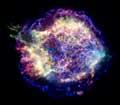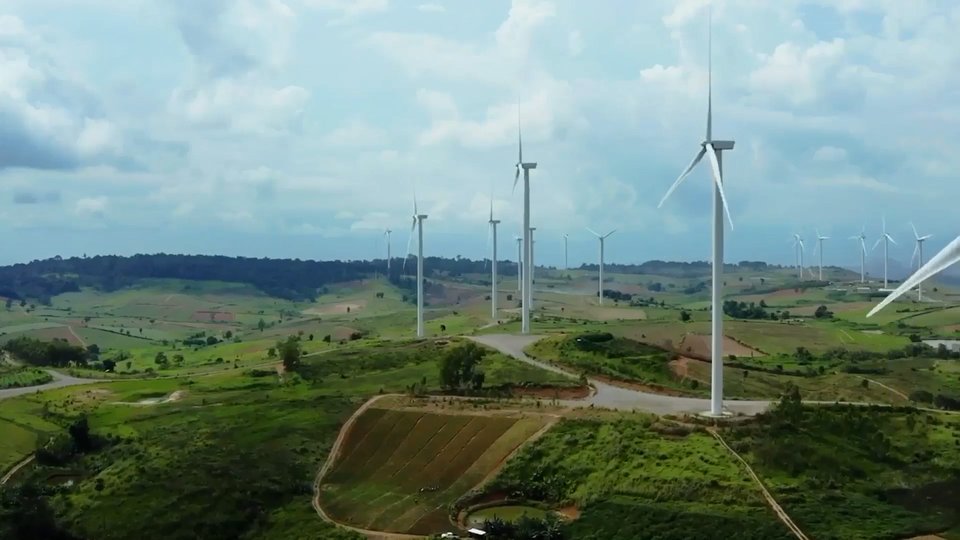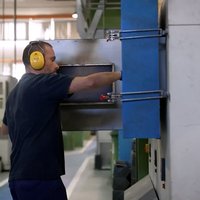A Casiopea discovers signs of youth

The neutron star A Cassiopeia is different from the rest of neutron stars known recently. This is believed by two astrophysicists from the University of Southampton who have published evidence to support this idea in the journal Nature.
A Cassiopeia is a vestige of a supernova that could be observed 330 years ago, including the neutron star that forms in supernovae. However, known neutron stars have a feature that does not have A Cassiopeya: an atmosphere of hydrogen. When the supernova occurs, the cores of the stars are comprimed enormously by collapsing and the magnetic field that is generated is so large that layers are formed in the tracks of these stars. Thus, the lighter elements come to the surface and create atmospheres of hydrogen.
The neutron star A Cassiopeia has a carbon atmosphere instead of hydrogen. Researchers believe that this is because the supernova was a short time ago. As they have explained, when supernovae occur the stars reach extremely high temperatures, well above the temperature of the stars of mature neutrons. At such high temperatures nuclear fusion continues to occur and the possible hydrogen and helium are becoming carbon. But with the passage of time, and as the star gets cool, they think that the Casiopea A will become an atmosphere of hydrogen, like an adult neutron star.
Image: Image: NASA/CXC/MIT/UMass Amherst/M.D. Stage et al.
Buletina
Bidali zure helbide elektronikoa eta jaso asteroko buletina zure sarrera-ontzian










